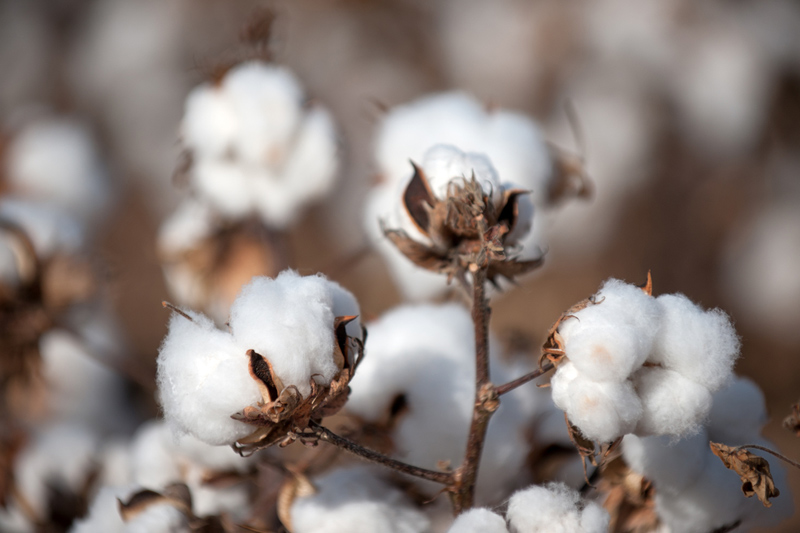(Bloomberg) --
Australia’s cotton crop area has plunged to the smallest in four decades as years of drought slashed growers’ access to water and prevented planting.
As picking in the country finishes for another season, 2019-20 production is estimated to have decreased 72% on the year to 134,000 tons of lint because of low irrigation water supplies, Australian government forecaster Abares said in its June report. The area planted for cotton is estimated to have declined by 83% to 60,000 hectares, the lowest since 1978–79, according to the report report.
Australia’s low supplies contrast with the U.S. and much of the world, which is experiencing a cotton glut due to worsening retail conditions as pandemic lockdowns continue. The U.S. Department of Agriculture this month cut its 2020-2021 world consumption forecast by 1.8%, and raised its estimate for August 2021 global reserves to the second-highest since at least 1960.
“We’re expecting 550,000-600,000 bales once it’s processed,” said Adam Kay, chief executive of Cotton Australia. A bale is 227 kilograms of fiber. “The previous year was 2.2 million bales and the year before that was 4.1, so you can see the impact of the drought.”
Rains in February and March had seen rivers start flowing and had put water in dams, so estimates for next year’s crop are more positive at as high as 1.7 million bales, he said. “It’s starting to creep in the right direction.”
Much of this year’s, and some of next year’s, output has already been forward sold to China, Kay said, offering some relief to farmers amid the coronavirus-related demand slump.
Prices have come down due to a lower appetite for the fiber, though the smaller crop size has offered some support compared with prices in competing countries, said Michael O’Rielley, chairman of the Australian Cotton Shippers Association.
“As demand continues to fall away, prices will come under pressure a little more than what they already have,” he said.
The world cotton indicator price is forecast to fall by 12% on the year to an average of 63 cents per pound in 2020–21, according to Abares, amid mill closures this year and expected price competition from synthetic fibers.
©2020 Bloomberg L.P.
